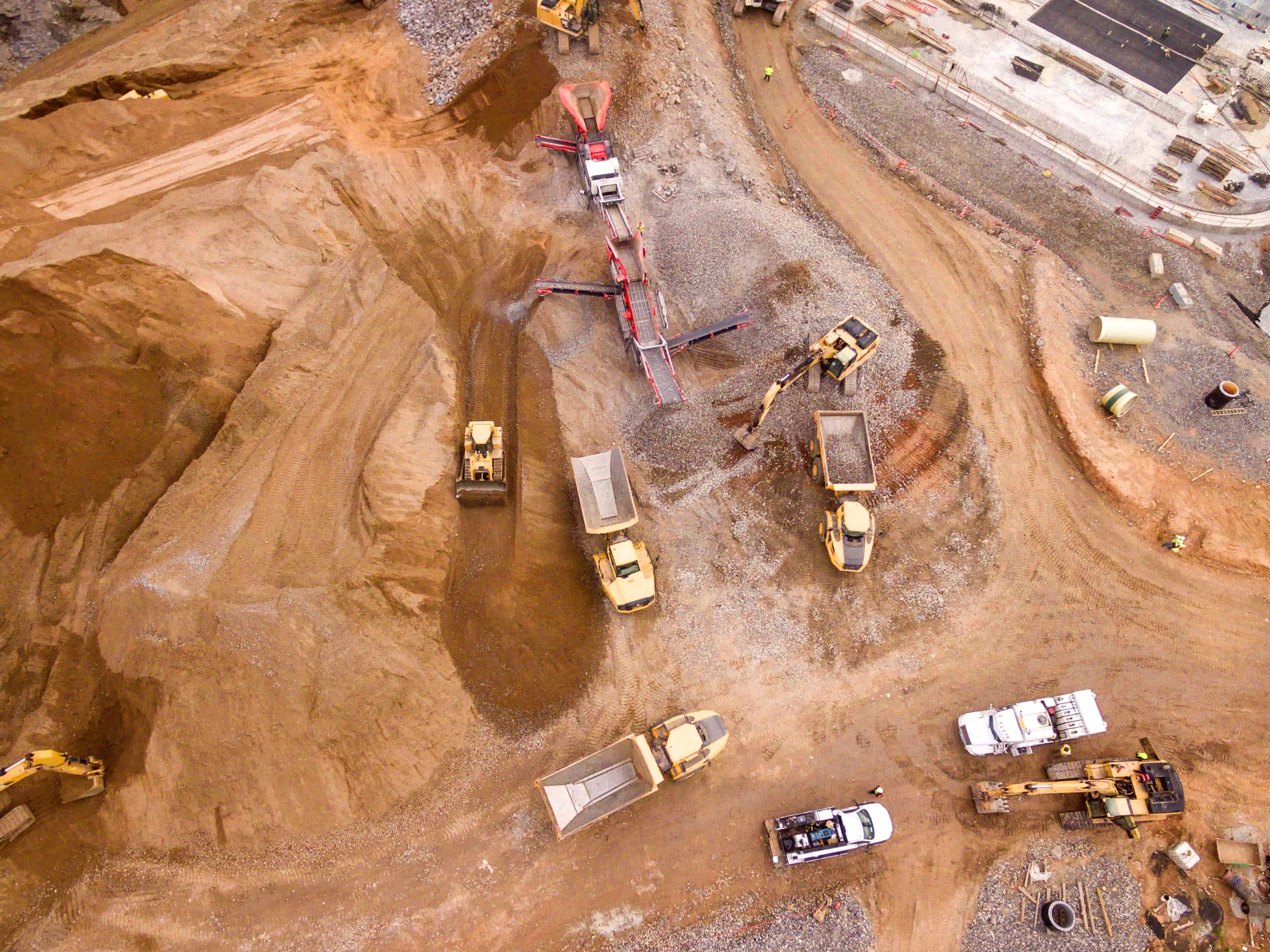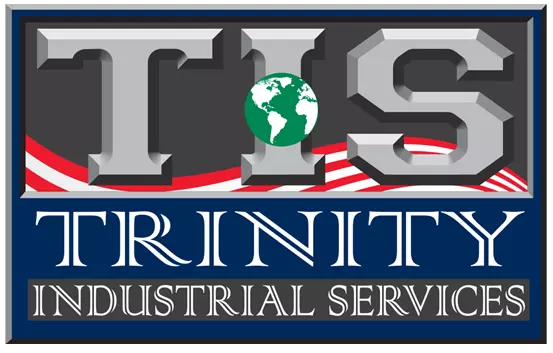
What is Environmental Remediation?
Environmental remediation is the process of cleaning up contaminated sites, soils, or groundwater to reduce the risk to human health and the environment. This can involve removing contaminated soil, treating contaminated water, or sealing off contaminated areas to prevent further spread of pollutants. The goal of environmental remediation is to return the site to a condition that is safe for human use and to protect the environment.
How is Lead-Based Paint Abatement Performed?
Lead-based paint abatement is the process of removing or encapsulating lead-based paint to reduce the risk of exposure to lead, which can cause serious health problems. There are several methods of lead-based paint abatement, including:
- Encapsulation: Covering the lead-based paint with a sealant to prevent the release of lead particles.
- Enclosure: Installing a physical barrier, such as drywall, to separate the lead-based paint from living spaces.
- Removal: Physically removing the lead-based paint and disposing of it properly.
The method used for lead-based paint abatement depends on the specific situation and the level of lead exposure risk. Lead-based paint abatement should only be performed by certified professionals who have been trained in safe lead-removal techniques.
How is Asbestos Remediation done?
Asbestos remediation involves the removal or containment of asbestos fibers to reduce the risk of exposure, which can cause serious health problems such as lung cancer and mesothelioma. There are several methods of asbestos remediation, including:
- Encapsulation: Covering asbestos-containing materials with a sealant to prevent the release of asbestos fibers.
- Enclosure: Installing a physical barrier, such as drywall, to separate the asbestos-containing materials from living spaces.
- Removal: Physically removing the asbestos-containing materials and disposing of them properly.
The method used for asbestos remediation depends on the type and condition of the asbestos-containing material, as well as the level of asbestos exposure risk. Asbestos remediation should only be performed by certified professionals who have been trained in safe asbestos-removal techniques and use proper protective equipment to minimize the risk of exposure.
What are Polychlorinated Biphenyls (PCBs)?
Polychlorinated biphenyls (PCBs) are a group of synthetic organic chemicals that were widely used in electrical equipment, building materials, and other products until they were banned in the late 1970s due to their toxic and persistent nature. PCBs are persistent organic pollutants (POPs) and can remain in the environment for decades. They are toxic to wildlife and humans and have been linked to a range of health problems, including cancer, developmental disorders, and reproductive problems.
PCBs can be found in contaminated soil, sediment, and water, as well as in buildings and other structures that were built with PCB-containing materials. PCB remediation involves the removal or containment of PCBs to reduce the risk of exposure and minimize their impact on the environment. This can include removing contaminated soil, treating contaminated water, or sealing off contaminated areas to prevent further spread of PCBs.
Can Mold be Remediated?
Yes, mold can be remediated. Mold remediation involves the removal of mold growth and the cleanup of mold spores and spores to reduce the risk of exposure to mold, which can cause respiratory problems and other health issues. Mold remediation should be performed by a professional remediation company who can assess the extent of the mold growth, identify the type of mold present, and determine the best course of action to remove the mold and prevent its return.
The process of mold remediation typically involves the following steps:
- Containment: Creating a barrier around the mold growth to prevent the spread of mold spores.
- Air Filtration: Using air scrubbers to remove mold spores from the air.
- Removal: Physically removing the mold growth, including any affected building materials.
- Cleaning: Thorough cleaning of the affected area to remove mold residues.
- Repair: Repairing any damaged building materials and restoring the affected area to its original condition.
It’s important to address mold promptly to prevent its spread and to minimize health risks. Proper remediation of mold can effectively remove the mold and prevent its return, reducing the risk of exposure to mold and protecting public health.
Is documentation of remediation important for local and federal compliance?
Yes, documentation of remediation is important for local and federal compliance. Documentation provides a record of the remediation process and helps ensure that the remediation was performed correctly and meets local and federal regulations. This can be critical for obtaining regulatory approvals and avoiding fines, as well as demonstrating compliance to stakeholders, such as residents, local authorities, and environmental agencies.
In general, documentation of remediation should include the following information:
- Site assessment: A record of the site assessment, including a description of the extent and nature of the contamination.
- Remediation plan: A detailed plan of the remediation process, including the methods and equipment to be used.
- Monitoring: Records of environmental monitoring and other testing performed during the remediation process.
- Results: Documentation of the results of the remediation process, including a record of the remediation materials used, the extent of the remediation, and the results of post-remediation testing.
- Compliance: Documentation demonstrating compliance with local and federal regulations, including any necessary permits and approvals.
Proper documentation of remediation is important for ensuring that the remediation was performed correctly, meeting local and federal regulations, and protecting public health and the environment.
What is Soil and groundwater remediation?
Soil and groundwater remediation is the process of cleaning up contaminated soil and groundwater to reduce the risk of exposure to hazardous substances and minimize their impact on the environment. Soil and groundwater can become contaminated from a variety of sources, such as leaks from underground storage tanks, hazardous waste disposal sites, and spills from industrial operations.
Soil and groundwater remediation typically involves the following steps:
- Assessment: A thorough assessment of the extent and nature of the contamination, including soil and groundwater sampling and analysis.
- Remediation plan: Development of a remediation plan, including the selection of appropriate remediation technologies and methods.
- Remediation: Implementation of the remediation plan, including excavation and treatment of contaminated soil, and treatment of contaminated groundwater.
- Monitoring: Ongoing monitoring of the remediation process and post-remediation monitoring to ensure that the soil and groundwater are safe for use and meet regulatory standards.
- Compliance: Documentation demonstrating compliance with local and federal regulations, including any necessary permits and approvals.
Soil and groundwater remediation is important for protecting public health and the environment and preventing the spread of hazardous substances. The choice of remediation method will depend on the specific situation, the type and extent of the contamination, and the desired outcome.
What is remediation planning and design?
Remediation planning and design is the process of developing a plan and design for remediation of contaminated sites. This involves a detailed assessment of the site, including the nature and extent of the contamination, identification of potential risks to human health and the environment, and selection of appropriate remediation technologies and methods. The goal of the planning and design process is to develop a cost-effective and efficient remediation plan that meets regulatory standards and protects public health and the environment.
The process of remediation planning and design typically involves the following steps:
- Site Assessment: A thorough assessment of the site, including soil and groundwater sampling and analysis, and determination of the nature and extent of the contamination.
- Remediation Goals: Development of remediation goals and objectives, including regulatory requirements and risk management considerations.
- Technology Selection: Selection of appropriate remediation technologies and methods based on site-specific conditions and remediation goals.
- Remediation Plan: Development of a detailed remediation plan, including a timeline, budget, and implementation strategy.
- Design: Development of detailed designs for implementation of the selected remediation technologies and methods.
- Cost Estimates: Preparation of cost estimates for implementation of the remediation plan.
Remediation planning and design is an important step in the process of cleaning up contaminated sites. The development of a comprehensive and well-designed remediation plan can help ensure that the remediation is performed efficiently, effectively, and in compliance with local and federal regulations.
What is Radiological remediation?
Radiological remediation is the process of cleaning up contaminated sites and reducing the risk of exposure to radioactive materials. This can include removing contaminated soil, treating contaminated water, and decontaminating buildings and structures. Radiological remediation is necessary when sites have been contaminated with radioactive materials due to accidents, spills, or other incidents.
The process of radiological remediation typically involves the following steps:
- Site Assessment: A thorough assessment of the site, including measurement of radioactive levels and determination of the nature and extent of the contamination.
- Remediation Goals: Development of remediation goals and objectives, including regulatory requirements and risk management considerations.
- Technology Selection: Selection of appropriate remediation technologies and methods based on site-specific conditions and remediation goals.
- Remediation Plan: Development of a detailed remediation plan, including a timeline, budget, and implementation strategy.
- Implementation: Implementation of the selected remediation technologies and methods, including the removal of contaminated soil and decontamination of buildings and structures.
- Monitoring: Ongoing monitoring of the site to ensure that the remediation has been successful and that the site meets regulatory standards.
Radiological remediation is important for protecting public health and the environment and reducing the risk of exposure to radioactive materials. The choice of remediation method will depend on the specific situation, the type and extent of the contamination, and the desired outcome. Remediation planning and design should be done in accordance with local and federal regulations and guidelines, to ensure that the remediation meets regulatory standards and is effective in reducing the risk of exposure to radioactive materials.
What is Waterway remediation?
Waterway remediation is the process of cleaning up contaminated waterways, including rivers, lakes, and estuaries, to reduce the impact of hazardous substances on aquatic life and human health. Waterways can become contaminated from a variety of sources, such as industrial discharges, sewage treatment plants, and spills from ships.
Waterway remediation typically involves the following steps:
- Assessment: A thorough assessment of the extent and nature of the contamination, including water and sediment sampling and analysis.
- Remediation plan: Development of a remediation plan, including the selection of appropriate remediation technologies and methods.
- Remediation: Implementation of the remediation plan, including treatment of contaminated water, sediment removal or treatment, and management of contaminated fish and wildlife.
- Monitoring: Ongoing monitoring of the remediation process and post-remediation monitoring to ensure that the waterway is safe for use and meets regulatory standards.
- Compliance: Documentation demonstrating compliance with local and federal regulations, including any necessary permits and approvals.
Waterway remediation is important for protecting aquatic life and human health and maintaining the integrity of waterways. The choice of remediation method will depend on the specific situation, the type and extent of the contamination, and the desired outcome. Remediation planning and design should be done in accordance with local and federal regulations and guidelines, to ensure that the remediation meets regulatory standards and is effective in reducing the impact of hazardous substances on the environment.
Why is an Environmental Remediation contractor needed for Demolition?
An environmental remediation contractor may be needed for demolition projects to address any potential contamination from hazardous materials such as asbestos, lead-based paint, mold, and polychlorinated biphenyls (PCBs). This is necessary to ensure that the demolition process is performed safely and in compliance with local and federal regulations.
The environmental remediation contractor’s role in demolition includes:
- Site Assessment: Conducting a thorough assessment of the site to identify and evaluate any potential hazardous materials and contaminants.
- Remediation Planning: Developing a plan to safely remove and dispose of any hazardous materials and contaminants found at the site.
- Hazardous Material Removal: Removing and properly disposing of any hazardous materials and contaminants, in accordance with local and federal regulations.
- Demolition Preparation: Preparing the site for demolition by removing any contaminated materials and ensuring that the site is safe for demolition activities to proceed.
- Monitoring: Monitoring the site during and after demolition to ensure that any remaining contaminants are properly managed and disposed of.
- Compliance Documentation: Providing documentation demonstrating compliance with local and federal regulations and guidelines, including any necessary permits and approvals.
Having an environmental remediation contractor involved in a demolition project helps to ensure that any potential hazards are properly addressed and managed. This can help to minimize risks to workers and the public, protect the environment, and meet local and federal regulatory requirements.






